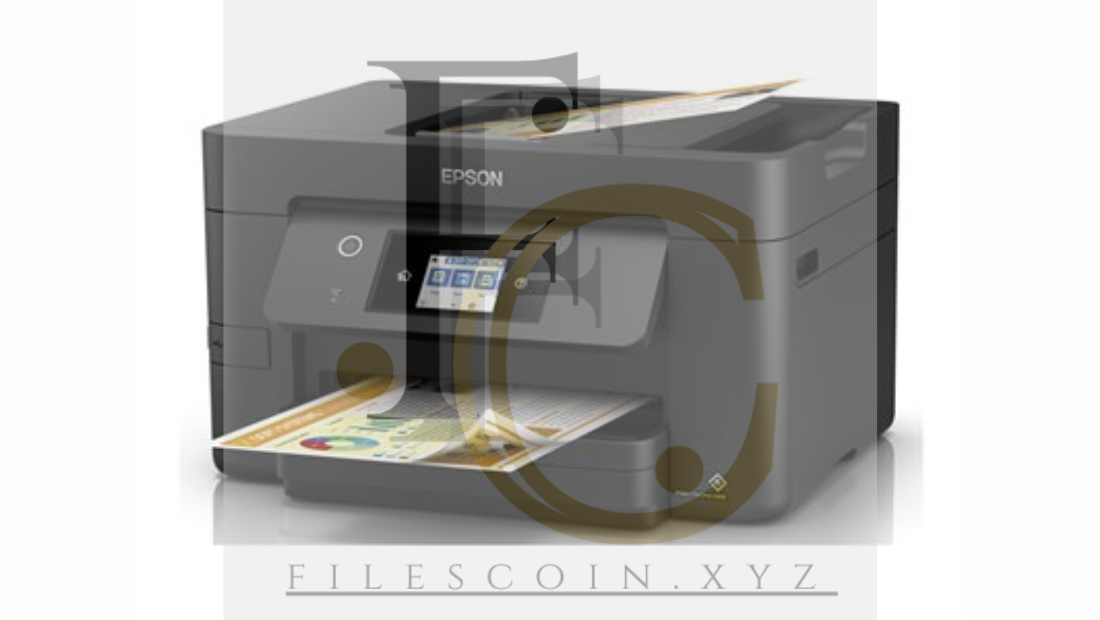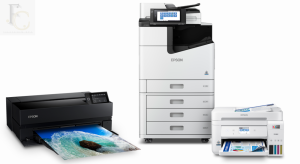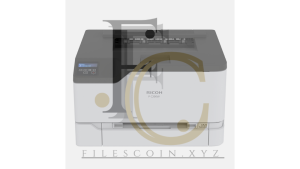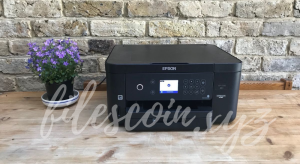Setting up a printer for the first time can often be a daunting task, especially if you’re unfamiliar with the process. Fortunately, Epson printers are designed with ease of use in mind, and the setup process is straightforward when you know the right steps. Whether you’ve purchased an Epson inkjet printer for home use or a more advanced model for office needs, knowing how to properly install and configure your printer will help you get the most out of it.
In this comprehensive guide, we will walk you through the Epson printer setup process, from unboxing and installing the printer to connecting it to your computer and configuring settings for optimal performance. Whether you’re setting up an Epson EcoTank, WorkForce, or Expression series printer, the steps outlined here will help you set up your printer with ease.
1. Unboxing Your Epson Printer: The First Step
The first step in setting up any printer is unboxing it properly. Epson makes it easy to set up their printers with clear instructions and minimal packaging. Follow these steps to get started:
a. Remove the Printer from the Box
Carefully remove the printer from its packaging, ensuring that you take out any protective plastic or packing materials that may have been used during shipping. Most Epson printers are packed securely with foam or plastic to prevent damage during transit.
- Tip: Keep the packaging material in case you need to return or transport the printer in the future.
b. Check for Included Accessories
Before you begin the setup, check that all accessories are included. Epson printers typically come with the following items:
- Printer body
- Power cord
- Ink cartridges (if not pre-installed)
- User manual
- USB cable (if applicable)
- Wi-Fi setup card (for wireless printers)
Ensure that all of these items are present before you proceed to the next steps.
c. Position the Printer
Find a suitable location for your printer. It should be on a flat surface with enough space around it for ventilation and easy access to paper trays, ink cartridges, and ports. If you’re using a wireless printer, make sure the area has a stable Wi-Fi signal to facilitate the setup process.
- Tip: Place your printer close to a power outlet and a router (if you’re using wireless printing), ensuring easy access to cables and Wi-Fi signals.
2. Installing the Ink Cartridges
One of the first things you’ll need to do after unboxing your Epson printer is to install the ink cartridges. This step may vary slightly depending on the model, but here’s a general guide to help you:
a. Open the Printer Cover
Most Epson printers have a cover or cartridge compartment that needs to be opened to access the ink tray. Gently lift or slide open the cover to expose the ink compartment.
b. Install the Ink Cartridges
Epson printers typically come with color ink cartridges (cyan, magenta, yellow) and a black ink cartridge. Depending on your model, they may already be pre-installed, but if they aren’t, you’ll need to insert them manually.
- Tip: Ensure that the cartridges are inserted correctly into their respective color slots. Press down firmly until you hear a click to ensure they’re seated properly.
c. Close the Cover
Once the cartridges are installed, close the printer cover. Some printers will automatically initiate the ink charging process, which may take a few minutes.
- Tip: Be patient during this process—avoid turning off the printer or interrupting the installation until the ink charging is complete.
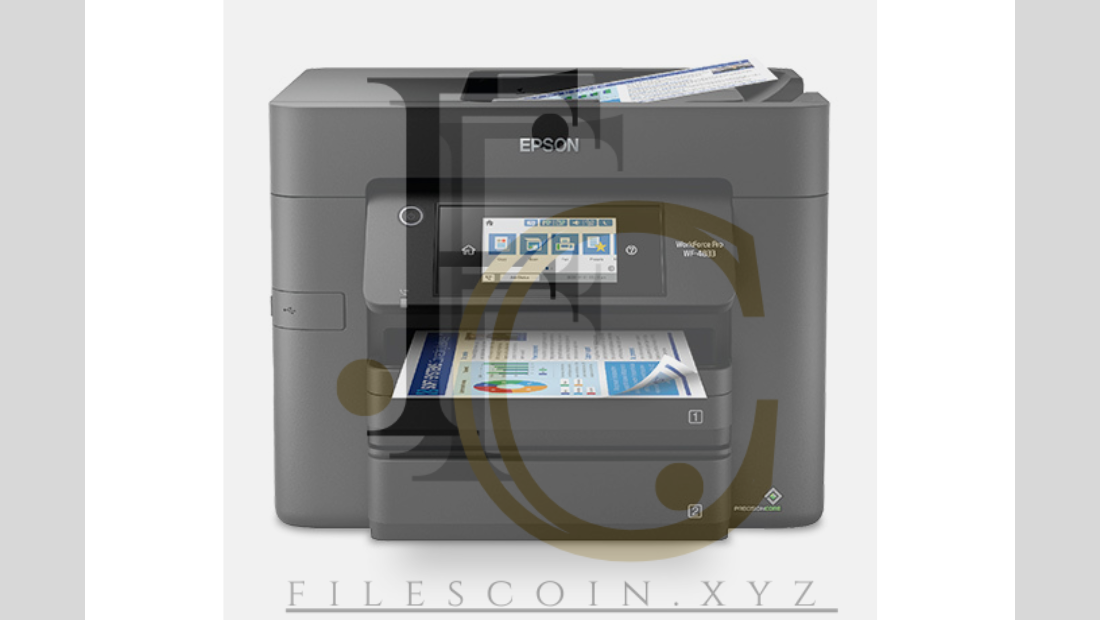
3. Powering Up the Printer
Once the ink cartridges are installed, you’re ready to power up the printer.
a. Plug in the Power Cord
Connect the power cord to the back of the printer and plug it into a power outlet. Most Epson printers have a power button located on the front or side. Press it to turn on your printer.
b. Initialize the Printer
When the printer powers on for the first time, it may take a few moments to initialize. The printer may display messages or prompts on its screen, indicating that it’s starting the setup process. Follow any on-screen instructions that appear.
- Tip: Ensure that the printer is on a stable surface and that no cables are obstructing the printer’s movements.
4. Connecting the Printer to Your Computer or Network
Once the printer is powered up, you’ll need to connect it to your computer or network. Epson printers offer multiple connectivity options, including USB, Wi-Fi, and Ethernet connections. Below are the steps for connecting via each method.
a. Wired Connection (USB)
If you’re setting up a printer using a USB connection, follow these steps:
- Connect the USB Cable: Plug one end of the USB cable into your printer and the other into an available USB port on your computer.
- Install Printer Software: Your computer should recognize the printer automatically. However, you may need to install Epson’s printer drivers and software. Visit the Epson website to download the latest drivers or insert the installation disc that came with the printer.
- Follow On-Screen Instructions: The setup wizard will guide you through the process of installing the necessary software and completing the connection.
- Tip: If you don’t have an installation disc, you can find the drivers and software online by searching for your printer model on Epson’s support page.
b. Wireless Connection (Wi-Fi)
For wireless setup, you’ll need to connect your printer to your Wi-Fi network. Here’s how to do it:
- Press the Wi-Fi Button: On most Epson printers, there is a dedicated Wi-Fi setup button or a screen that allows you to connect to a wireless network. Press the Wi-Fi button to begin.
- Select Your Network: The printer will scan for available Wi-Fi networks. Once it displays a list of networks, choose your home or office Wi-Fi network.
- Enter the Network Password: Use the printer’s control panel to input your Wi-Fi password. Ensure that your network is selected, and enter the password correctly to avoid connection errors.
- Confirm Connection: Once connected, the printer will confirm the connection and may print a test page to verify that the printer is properly linked to the network.
- Tip: If you have trouble connecting to Wi-Fi, ensure that your router is functioning properly, and that the printer is within range of the network signal.
c. Ethernet Connection (Wired LAN)
If you prefer a wired Ethernet connection:
- Connect the Ethernet Cable: Plug one end of the Ethernet cable into the back of the printer and the other into your router or network hub.
- Install Printer Software: Follow the same procedure as the USB setup, and your printer should automatically detect the Ethernet connection.
- Tip: Wired LAN connections are reliable and provide a stable connection, making them ideal for offices where multiple computers need to access the printer.
5. Installing Printer Software and Drivers
Once the printer is connected, you’ll need to install the appropriate printer drivers and software to ensure that it works smoothly with your computer.
a. Using the Installation CD
If your Epson printer came with an installation CD, simply insert the disc into your computer’s drive and follow the on-screen instructions to install the drivers and software.
b. Downloading from Epson’s Website
If you don’t have the CD or prefer the latest version of the software, visit the official Epson support page for your printer model. Download the necessary drivers and installation package for your operating system (Windows, macOS, etc.).
- Go to the Epson Support Website: Type in your printer model and navigate to the drivers and downloads section.
- Download and Install: Choose the correct version of the software for your operating system, then download and run the installer.
- Tip: Always download the latest drivers to ensure compatibility with your computer’s operating system and avoid potential performance issues.
6. Testing and Calibration
After the installation is complete, it’s important to test your printer to ensure everything is working correctly.
a. Print a Test Page
Most Epson printers offer the option to print a test page directly from the printer’s menu. This helps ensure the printer is connected properly and is ready for use.
b. Run the Printer Calibration (if necessary)
Some Epson printers, particularly the EcoTank and SureColor series, require calibration to ensure optimal print quality. Follow the on-screen instructions to calibrate the printer if necessary.
- Tip: If your prints appear streaked or have color inconsistencies, calibration can help resolve these issues by ensuring the ink is properly distributed.
7. Using Your Printer for the First Time
Once the setup is complete, you’re ready to start printing! You can now print from your computer, tablet, or smartphone (if your printer supports mobile printing).
a. Printing from a Computer
Once the printer is connected, you can start printing documents, photos, or any files from your computer. Simply select the printer in your print settings and choose the options you prefer.
b. Mobile Printing
Many Epson printers support mobile printing via Epson iPrint or Apple AirPrint. Download the Epson iPrint app on your smartphone, or use AirPrint on your Apple device to print wirelessly.
- Tip: Download Epson’s mobile apps from the App Store or Google Play Store for easy wireless printing from smartphones and tablets.
8. Conclusion
Setting up your Epson printer doesn’t have to be complicated. By following these simple steps, you can have your printer installed, connected, and ready for use in no time. Whether you’re using a wired connection or setting up wireless printing, Epson makes the process straightforward and user-friendly. By installing the right drivers, calibrating your printer, and testing its functionality, you’ll be ready to start printing documents and photos with professional-quality results.
With your printer properly set up, you’ll be able to enjoy seamless printing for home, office, or personal use. So, whether you’re printing for business, creative projects, or everyday tasks, your Epson printer will be ready to handle all your needs efficiently and effectively.
